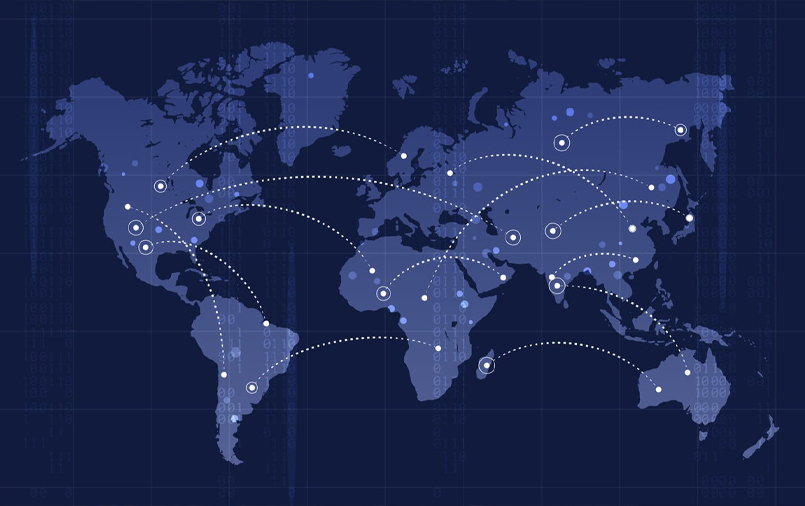- APOnet (Asia Pacific Oceania network) aims to establish a connection between and among countries in the East Asia, Southeast Asia, Oceania, and North America regions.
- This agreement is not about additional capacity in absolute terms, it’s about cooperating to share one another’s links and resources to improve the reliability and availability of trans-oceanic links for research.
- Collaborating in this way will provide all the participating networks with more alternate paths, to keep traffic flowing in the event of unplanned cuts and faults.

In order to create reliable and super-fast network services in the regions covering Asia, Pacific and Oceania, collaboration is being planned by at least eleven world-renowned research and education networks coming from Oceania, North America, East Asia, and Southeast Asia.
APOnet, an acronym for Asia Pacific Oceania network, aims to establish a connection between and among countries in the East Asia, Southeast Asia, Oceania, and North America regions.
The eleven organizations and networks that are having greater participation in the said collaboration are revealed as follows:
- Australia’s Academic and Research Network (AARNet)
- Arterial Research and Educational Network in Asia-Pacific (ARENA-PAC)
- University Corporation for Advanced Internet Development also known as Internet2
- Korea Institute of Science and Technology Information; National Institute of Information and Communications Technology (KISTI)
- National Institute of Information and Communications Technology (NICT)
- National Institute of Informatics (NII)
- Singapore Advanced Research and Education Network (Sing-AREN)
- Research and Education Advanced Network New Zealand (REANNZ)
- Pacific Wave International Exchange
- TransPAC
- University of Hawaii (UH)
A spokesperson revealed during CommsDay, “This agreement is not about additional capacity in absolute terms, it’s about cooperating to share one another’s links and resources to improve the reliability and availability of trans-oceanic links for research.”
“The global research community expects high availability from the research networks these days and collaborating in this way will provide all the participating networks with more alternate paths, to keep traffic flowing in the event of unplanned cuts and faults...these global research and education networks will contribute resources that together can be managed to create a high-speed trans-oceanic network services delivery system that is more resilient, flexible, and consistent than any individual network on its own.”
Scientists working together that are being catered to by the APOnet networks obtain bigger volumes of data from numerous projects the likes of Square Kilometer Array, International Rice Research Institute, Korea Superconducting Tokamak Advanced Research, International Supercomputing Conference, and including the Mekong Water Initiative.
This type of collaboration is seen as the perfect venue to enable manifold paths between R&E networks, supply backup connectivity in the event of interruption of network services, organise management and engineering undertakings, establish cooperation for implementing evolving network services and technologies, conduct experimentations on creating applications with superior bandwidth demands, lend support to shared routing procedures as well as share measurement data.
Steve Maddocks, International director for AARNet states, “Operating in one of the more remote countries in the world, AARNet has always valued working closely with our NREN partners to support ground-breaking research between Australia and our regional neighbours.”
A trans-oceanic network services delivery system that is expected to be created out of this ambitious collaboration is more resilient, flexible, and consistent, which is more advantageous to individual networks than if they were working on their own.


